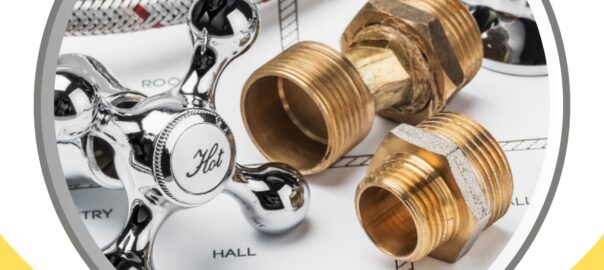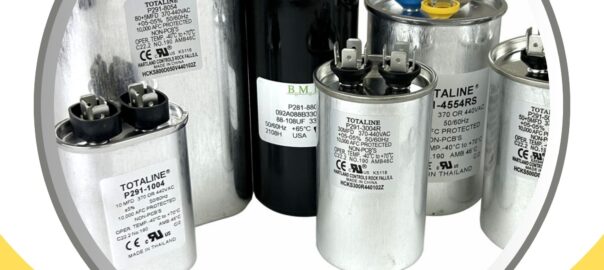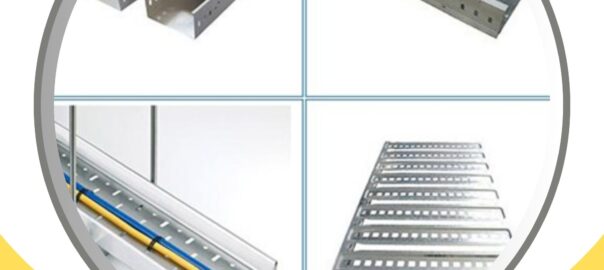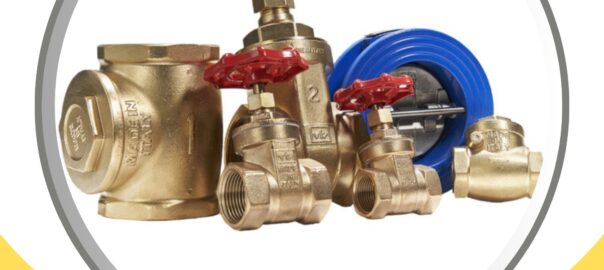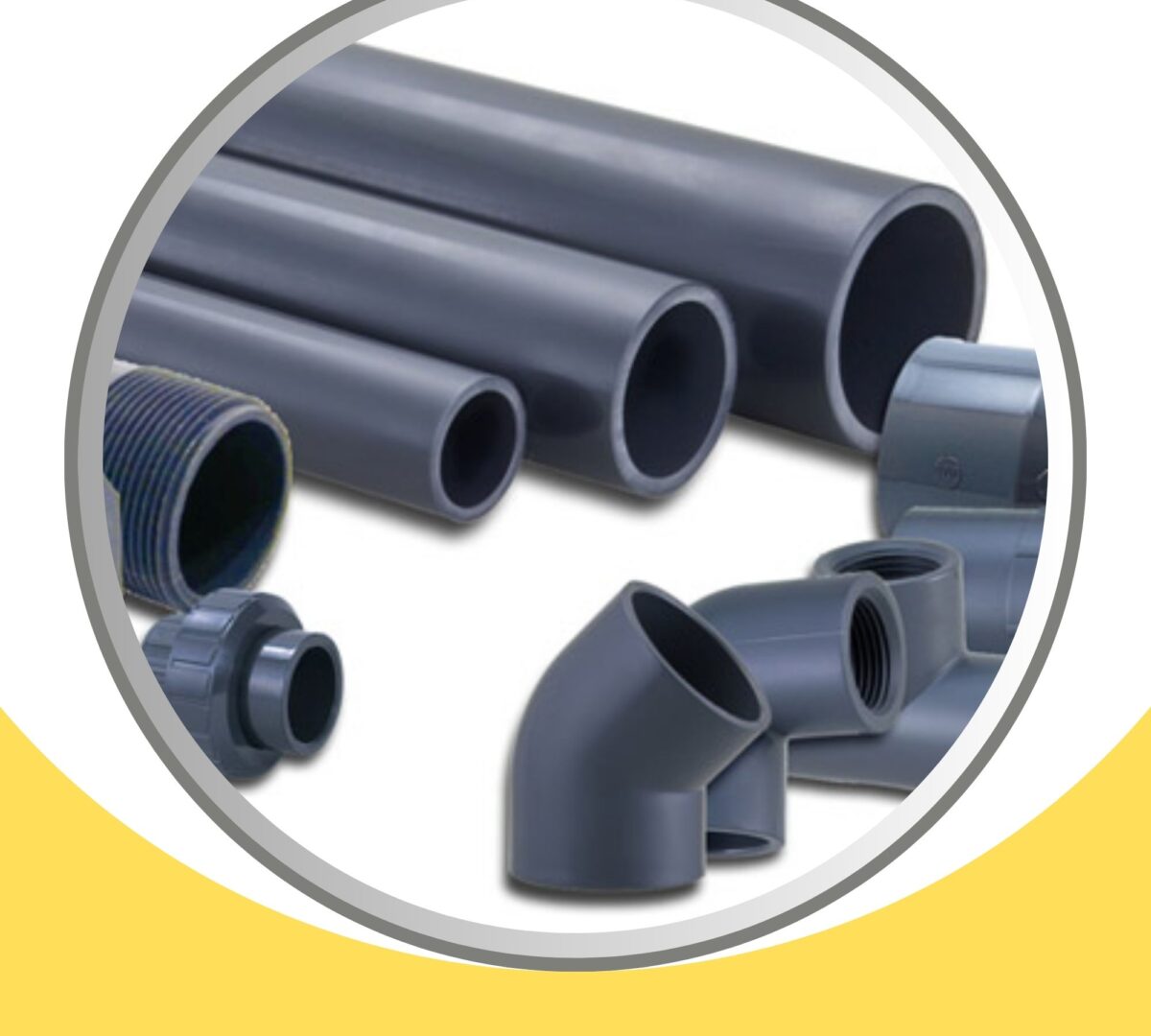
What Is The Importance Of Pipes And Fittings?
Exploring Their Importance and Functionality. Pipe Fittings play a crucial role in various industries and plumbing systems. They are essential components that enable the efficient and reliable transport of liquids, gases, and other substances through a piping network.
Pipes and fittings are essential components of many different systems, including plumbing, heating and cooling, and industrial processes. They are used to transport fluids and gases from one place to another, and to control the flow of these fluids and gases.
Here are some of the reasons why pipes and fittings are so important:
- They allow us to transport fluids and gases over long distances. Without pipes and fittings, we would not be able to transport water from reservoirs to our homes and businesses, or to transport oil and gas from wells to refineries.
- They allow us to control the flow of fluids and gases. With pipes and fittings, we can regulate the pressure, temperature, and flow rate of fluids and gases. This is important for a variety of applications, such as heating and cooling homes and businesses, and manufacturing products.
- They protect fluids and gases from contamination. Pipes and fittings can be made from a variety of materials, such as metal, plastic, and rubber. These materials can be chosen to resist specific chemicals and temperatures, which helps to protect the fluids and gases being transported.
- They are durable and long-lasting. Pipes and fittings are typically made from materials that are resistant to corrosion and wear. This means that they can last for many years, even in harsh environments.
Overall, pipes and fittings play a vital role in our modern world. They are used in a wide variety of applications, and they help to make our lives easier and more comfortable.
Here are some specific examples of how pipes and fittings are used in the real world:
- Plumbing: Pipes and fittings are used in plumbing systems to transport water and wastewater throughout a building.
- Heating and cooling: Pipes and fittings are used in heating and cooling systems to transport hot and cold water throughout a building.
- Industrial processes: Pipes and fittings are used in industrial processes to transport fluids and gases, such as oil, gas, and chemicals.
- Transportation: Pipes and fittings are used in transportation systems to transport fluids and gases, such as fuel and lubricants.
Without pipes and fittings, many of these systems would not be able to function. Pipes and fittings are truly essential components of our modern world.
Why do we use it?
We use pipes and fittings for a variety of reasons, including:
- To transport fluids and gases: Pipes and fittings are the most efficient way to transport fluids and gases over long distances or in large quantities. They can be used to transport a wide variety of fluids and gases, including water, oil, gas, chemicals, and compressed air.
- To control the flow of fluids and gases: Pipes and fittings can be used to control the flow of fluids and gases in a variety of ways. For example, they can be used to regulate the pressure, temperature, and flow rate of fluids and gases. They can also be used to change the direction of flow or to combine or separate fluids and gases.
- To protect fluids and gases from contamination: Pipes and fittings can be made from a variety of materials, including metal, plastic, and rubber. These materials can be chosen to resist specific chemicals and temperatures, which helps to protect the fluids and gases being transported.
- To provide a safe and reliable way to transport fluids and gases: Pipes and fittings are typically designed to meet strict safety standards. This means that they are strong and durable, and they are less likely to fail than other methods of transporting fluids and gases.
Pipes and fittings are an essential part of modern life. They help to make our homes, businesses, and communities more comfortable and efficient. They also help to transport the resources that we need to power our economy and to produce the goods and services that we rely on.
-
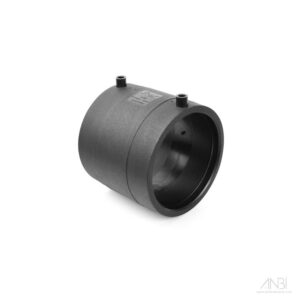 HDPE Elecrofusion Coupler SDR11 PN1612.75 AED – 592.50 AED
HDPE Elecrofusion Coupler SDR11 PN1612.75 AED – 592.50 AED -
 ERA HP PVC Union3.00 AED – 12.85 AED
ERA HP PVC Union3.00 AED – 12.85 AED -
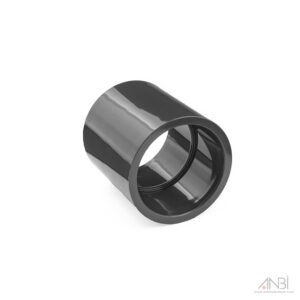 PIMTAS UPVC HP Socket 250mm361.00 AED
PIMTAS UPVC HP Socket 250mm361.00 AED -
 Brass Dead Nut Tube Fittings3.50 AED – 6.50 AED
Brass Dead Nut Tube Fittings3.50 AED – 6.50 AED -
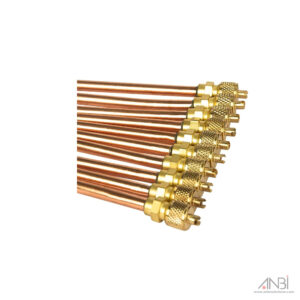 Charging Valve 1/4 inch for Air Conditioners & Coolers2.50 AED
Charging Valve 1/4 inch for Air Conditioners & Coolers2.50 AED -
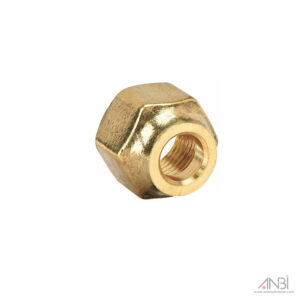 Flare Nut Brass Forged2.00 AED – 7.50 AED
Flare Nut Brass Forged2.00 AED – 7.50 AED -
 GI Tank Hose Barb Connector5.04 AED – 8.82 AED
GI Tank Hose Barb Connector5.04 AED – 8.82 AED -
 GI Barrel Connectors6.30 AED – 10.08 AED
GI Barrel Connectors6.30 AED – 10.08 AED -
 MS Barrel Double Male Coupling SCH406.93 AED – 10.08 AED
MS Barrel Double Male Coupling SCH406.93 AED – 10.08 AED -
 Air Condition Copper Coil Pipe Insulated White 20Mtr262.50 AED – 472.50 AED
Air Condition Copper Coil Pipe Insulated White 20Mtr262.50 AED – 472.50 AED -
 ATLAS Polyethylene Pipes Irrigation Class C220.00 AED – 940.00 AED
ATLAS Polyethylene Pipes Irrigation Class C220.00 AED – 940.00 AED -
 ATLAS uPVC Grey BS 4514 Drainage72.00 AED – 224.00 AED
ATLAS uPVC Grey BS 4514 Drainage72.00 AED – 224.00 AED

